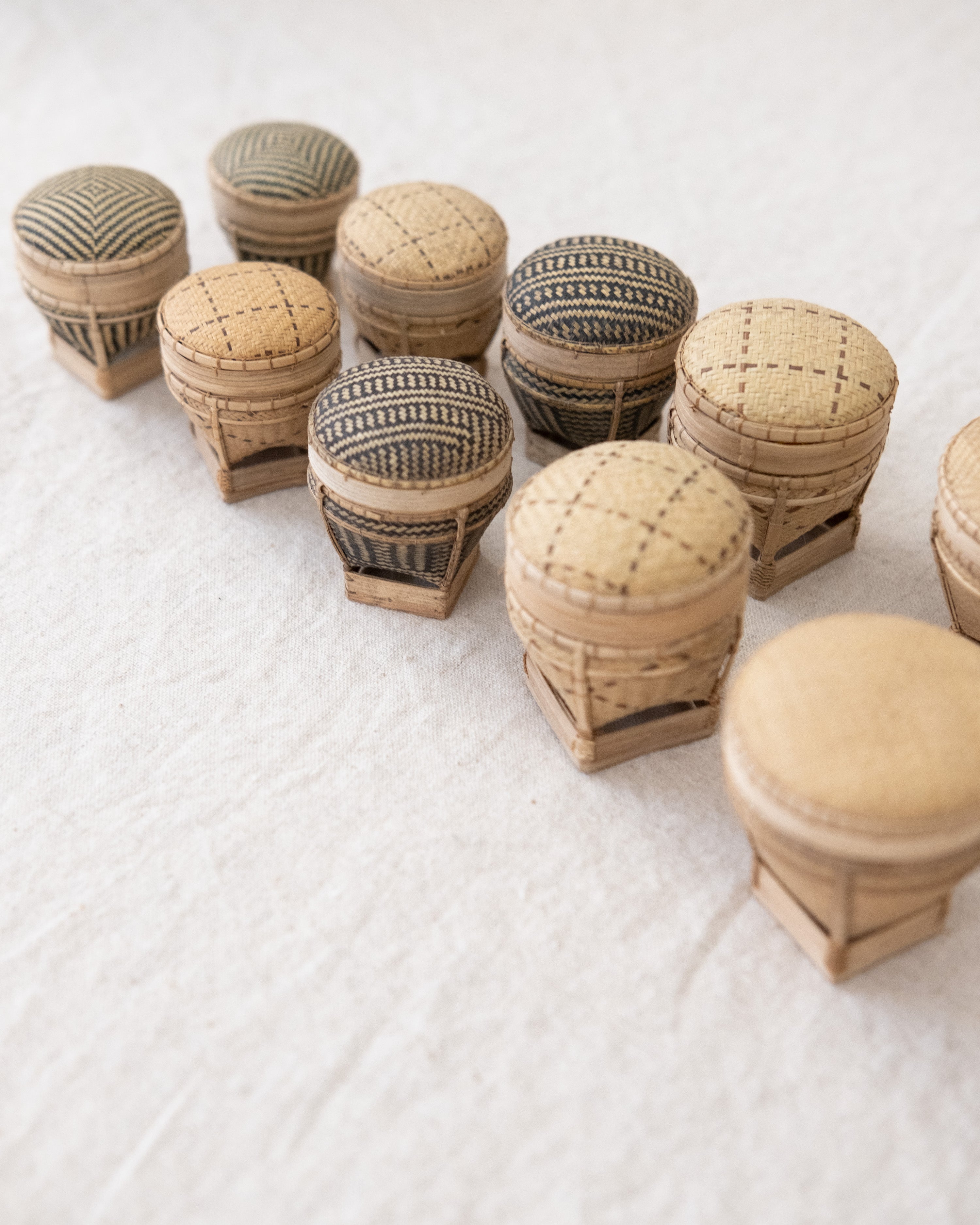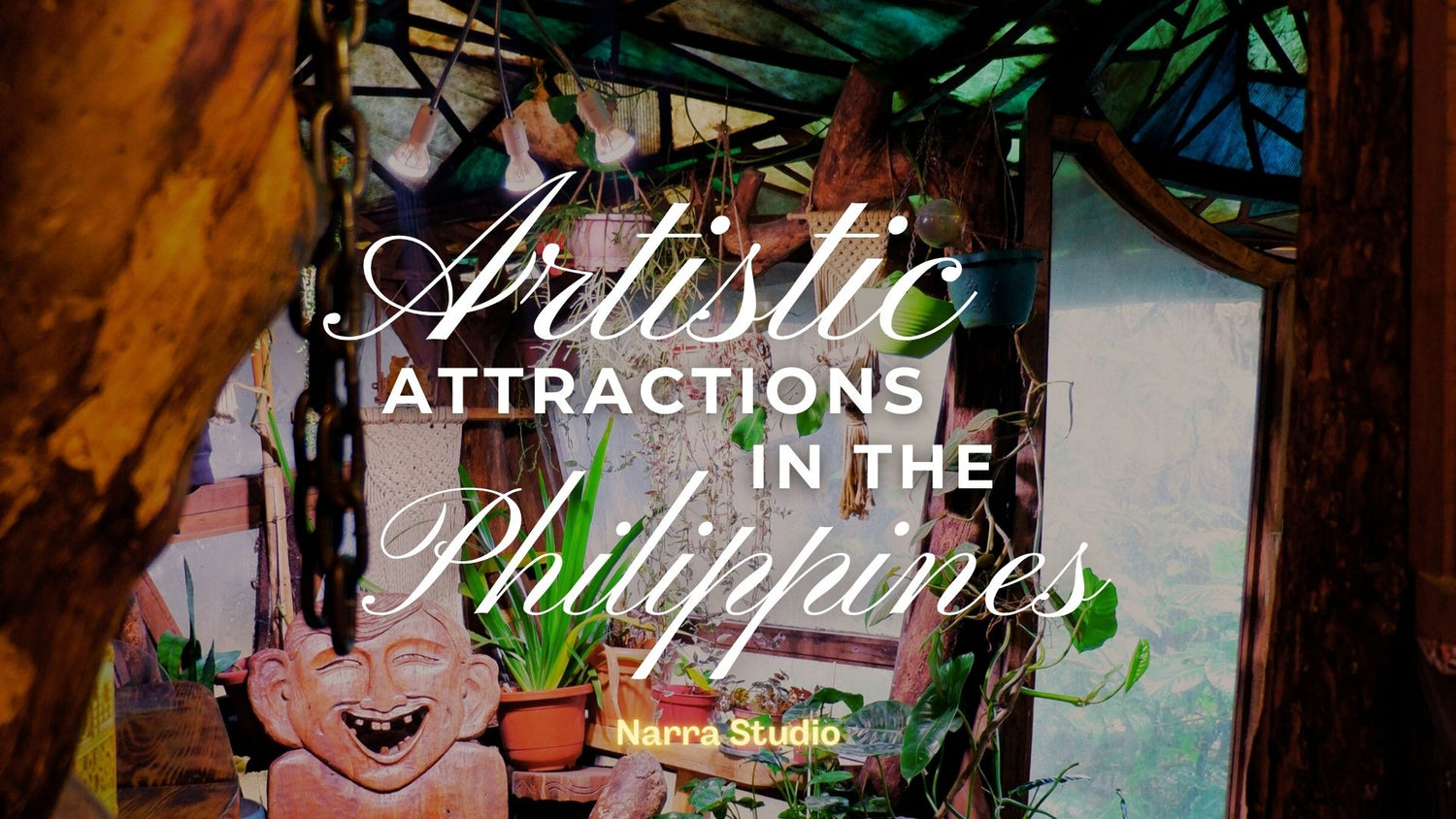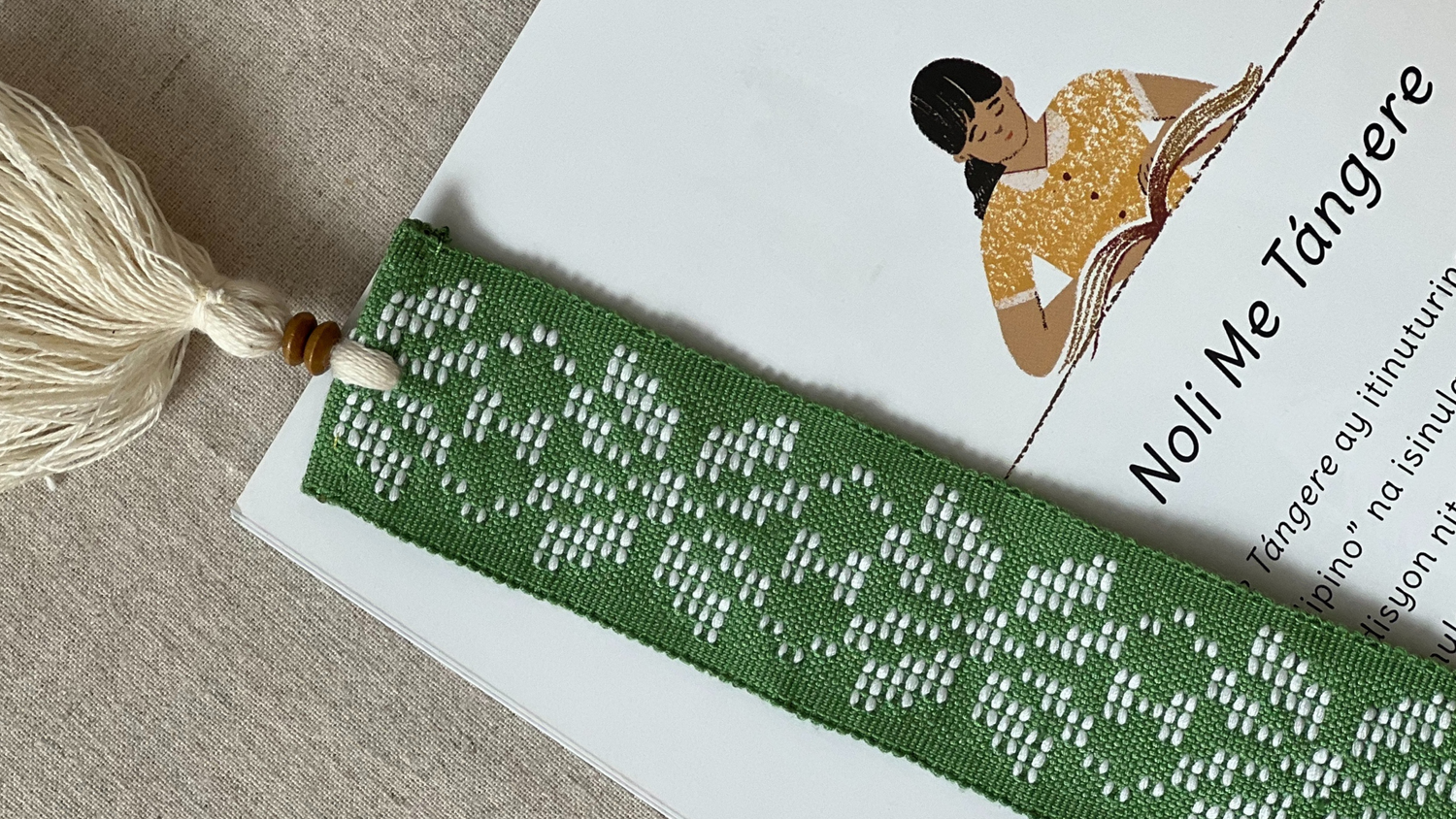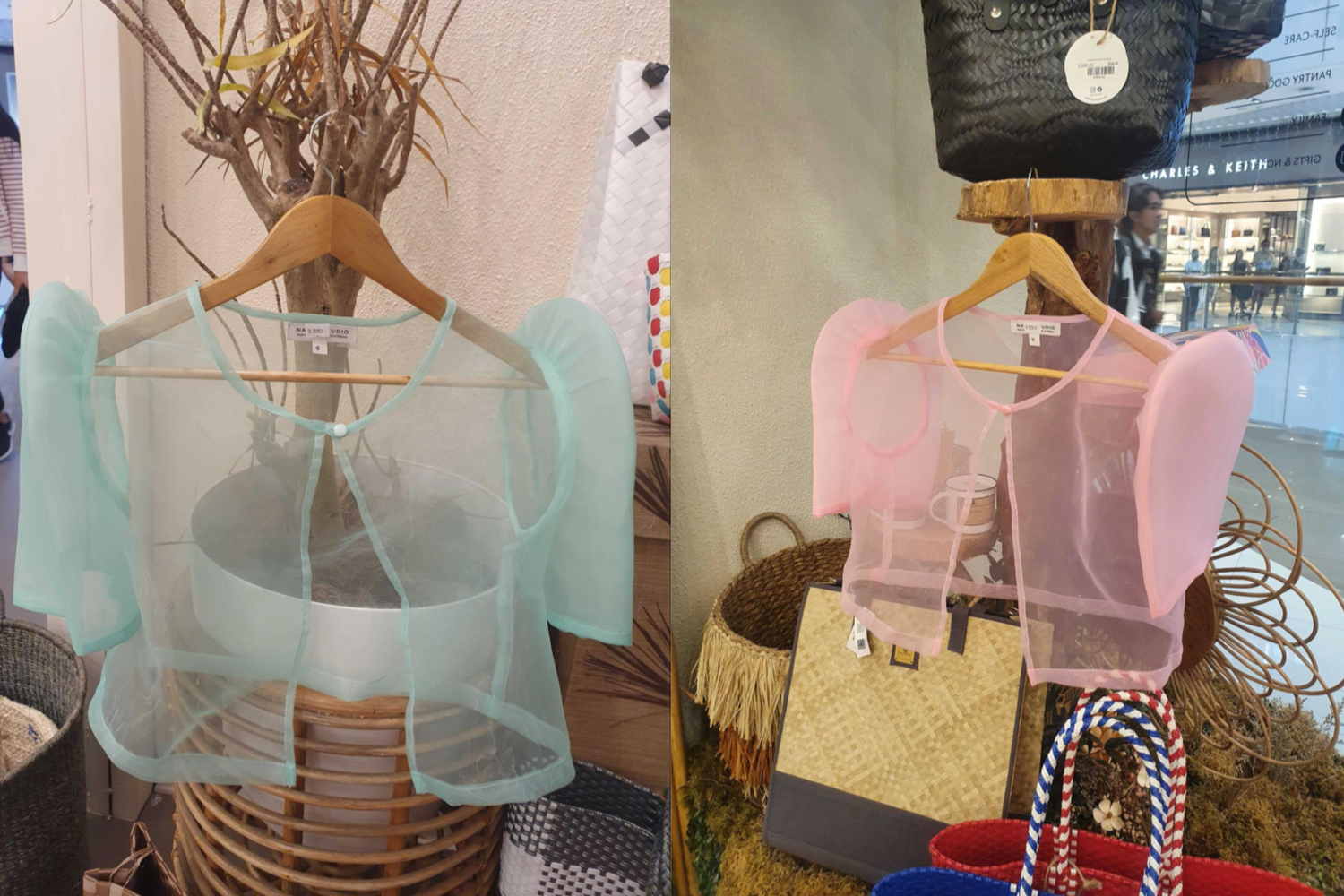By Chesca Santiago
The island of Palawan is a site of manifold majesties. It is home to pristine beaches, and the locus of thousands of years of ancient human history. But its wonders are not crafted solely by nature’s hands. In the mountains of the island’s south, the Pala’wan indigenous peoples weave baskets that carry the breadth of their history and cosmogony - all held together by the handwoven strips of a basket known as tingkop.

The tingkop is a sacred collaboration between nature and its people. Lidded and conical in shape, its name stems from the words tinakep (covered) or pinegtakep (used to cover). It is handwoven from various non-timber forest products gathered by everyone in the community - men, women, and children alike. The multitude of the materials used to craft a tingkop reveals the richness of natural resources held by the island of Palawan: the body (bilug et tingkep) plaited from strips of bamboo in two colors - natural or blackened with resin soot - using either a single or a double overlapping weave; its rim and base (semalang) made of bamboo, rattan, and softwood; its braces stitched to the body using threads from rattan and the nito vine. It is said that harvest and preparation of materials takes more time than the actual weaving, as splitting huge bamboo stalks into fine strips is painstakingly done using only hands and knives.
But more than supplying the materials for these woven wonders, the hand of nature in making the tingkop persists in still other ways. Pala’wan cosmogony narrates that the world is made of various realms, including those of human and non-human inhabitants. Forests are believed to be home to various deities, thus materials for tingkop are said to mediate relations between inhabitants of the realms. Pala’wans also believe that patterns for the tingkop are handed down to weavers by Empu (Supreme Being) through Gila-en, an invisible entity said to wander through the forests everyday. These patterns, revealed through the alternation of the blackened and natural-colored bamboo strips, are inspired by forest flora and fauna, such as the Mata puney (eye of the dove) and Deun Emagas (leaves of the palm tree).
The tingkop also holds an abundance of uses for its communities, evinced by the diversity of its sizes that accommodate a variety of functions. Made of the sturdy materials of bamboo, rattan, and softwood, it has been used as storage for rice, salt, and other personal belongings; as burden baskets for hunting; and as products bartered with food or sold for cash. But aside from purposes of the functional character, the tingkop also wields a significant role in ritual use. Small tingkops carrying amulets are worn by Pala’wan hunters around their neck to attract success in their hunts. It is also used in rituals to call upon spirits, for the Pala’wan believe that only smaller tingkop can contain the spirits’ strength.
It is revealed, then, that the tingkop weaves together more than just bamboo strips. Most especially, it is a vessel that holds together the cosmogony and ecology of the Pala’wan. However, it is threatened by continuous attempts at encroachment on their land and lifeways through incongruous policies imposed by authorities and other entities. Hence, the persistence of the tingkop rests in the long-standing fight for the community’s right to self-determination - one that will maintain not just the tingkop, but also the homes, traditions, and lives of the Pala’wan people.

Further reading:
https://www.sciencedirect.com/science/article/abs/pii/S0962629818302634





